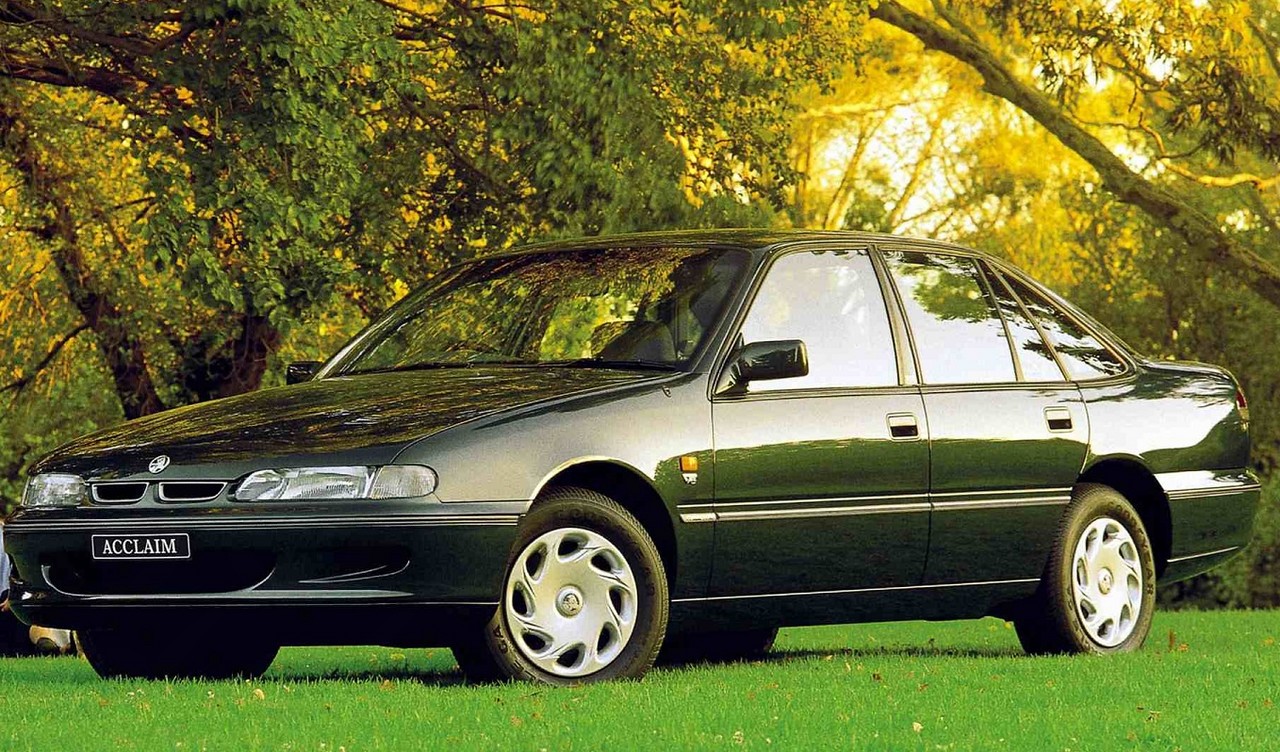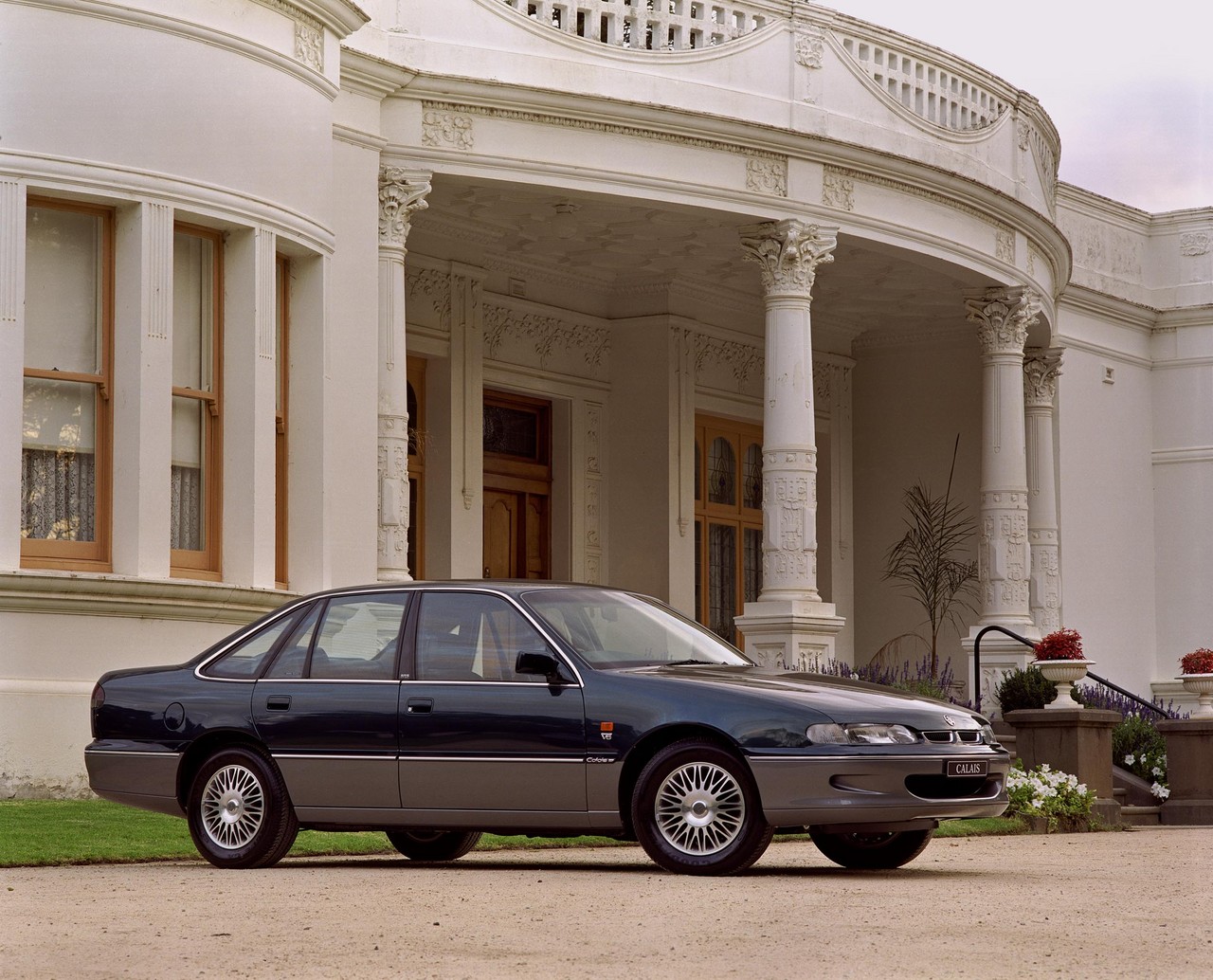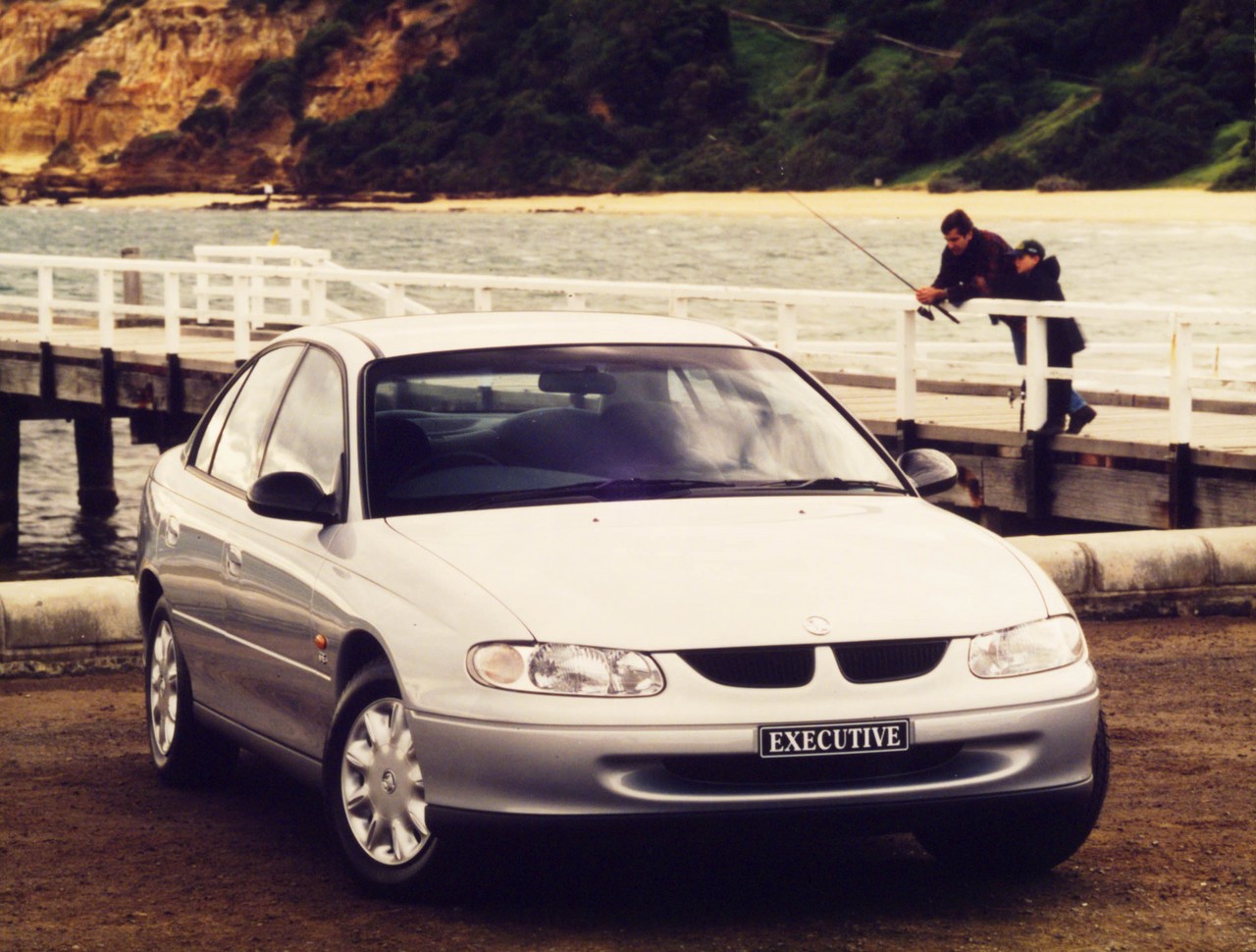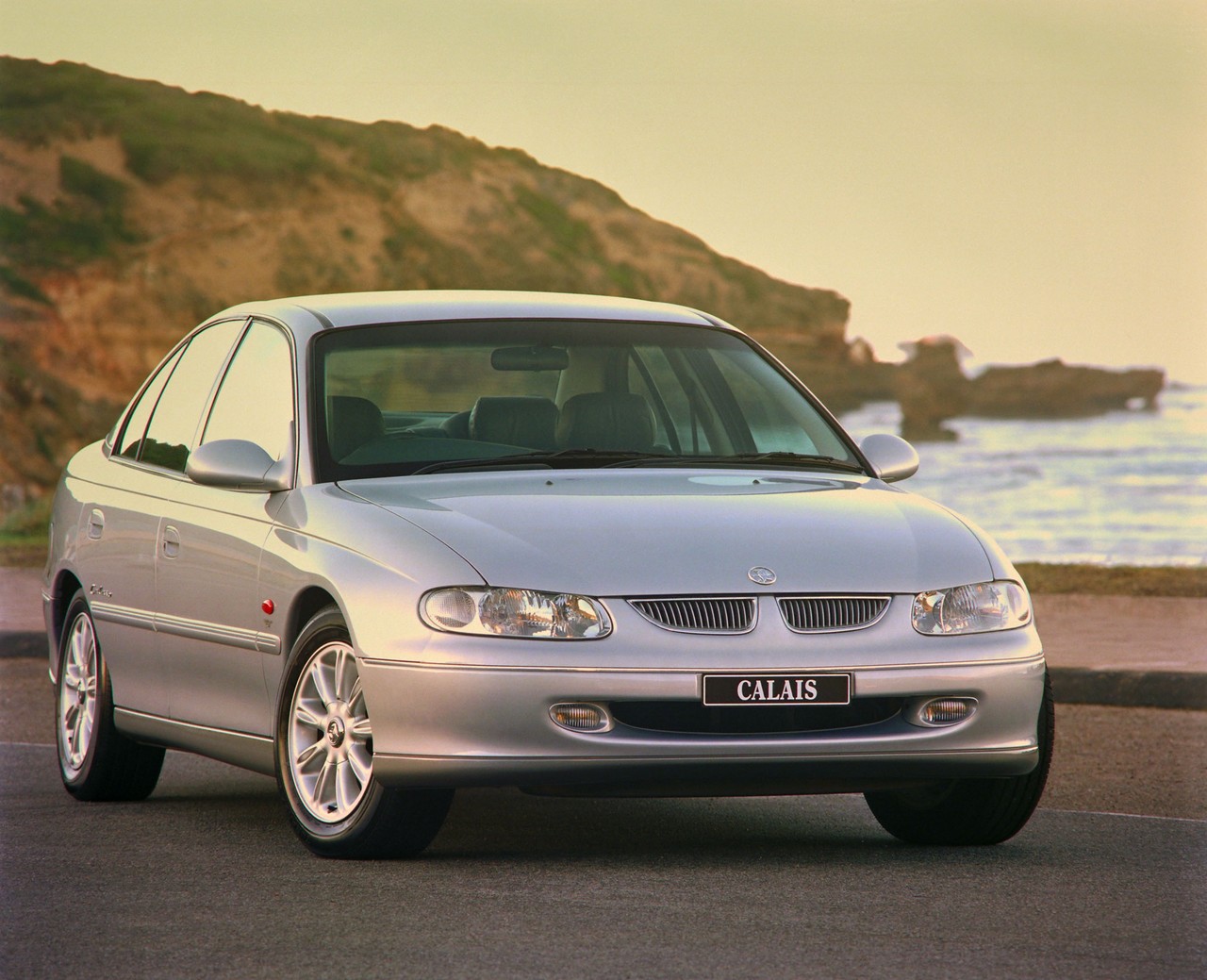Introduction
The L36 was a 3.8-litre pushrod V6 petrol engine that was used in Holden vehicles from 1995 to 2004. Although the L36 ‘ECOTEC’ engine retained the 90-degree ‘V’ cylinder banks, 96.5 mm bores, 86.3 mm stroke and 3791 cc capacity of its LN3 predecessor, the L36 engine was a significant redesign and the changes provided freer-revving characteristics, greater power and quieter operation.
L36 block
Compared to its LN3 predecessor, the L36’s cast iron block had a shorter deck height for more compact packaging and mass reduction (4 kg); cross-bolted main bearing caps were also introduced for greater rigidity and quieter running.
L36 internals
The L36 engine had an offset crankshaft that was supported by four main bearings and counterbalanced by the flywheel/torque converter, crankshaft balancer and weights that were cast into the crankshaft itself.
The camshaft was supported in the crankcase by four bearings and driven from the crankshaft by sprockets and chain. To reduce inertial forces, the L36 had a balance shaft within the block that was positioned above and parallel to the camshaft. Compared to the LN3, however, the balance shaft’s front roller bearing was replaced with a pressure-lubricated sleeve bearing in the L36 engine for quieter running.
A significant development for the L36 engine were lighter internals that reduced rotating mass sot that the engine could rev more freely and develop more power at higher engine speeds; maximum engine speed for the L36 was 6000 rpm. As such, 1 inch (25.4 mm) shorter cast-steel connecting rods were introduced (also attributable to the shorter deck height), the crankshaft was redesigned and lightweight pistons were introduced which had floating pins and low-tension rings.
L36 cylinder head
The cylinder head for the L36 engine was redesigned and had symmetric ports and combustion chambers. Furthermore, the new intake manifold had a removable top lid, and smoother internal passages which provided greater air flow. A new tubular exhaust manifold was introduced – replacing the previous cast iron unit that was susceptible to cracking – and the connecting pipes were also redesigned to minimise heat and noise for quieter running.
L36 valves
Like the LN3, the L36 engine had pushrod-operated overhead valves (OHV) with two valves per cylinder. The tubular pushrods operated overhead rocker arms which pivoted on pedestals that were bolted to the cylinder head. In addition to the normal function as a cam-follower, each hydraulic valve lifter served as an automatic adjuster so that manual valve adjustment was not required. Furthermore, the hydraulic valve lifters maintained zero lash in the valve train under all operating conditions.
The L36 engine, however, had more aggressive valve timing for greater power and larger valves –
- The intake valves had a 45.72 mm diameter (1.80 inches, previously 1.72 inches); and,
- The exhaust valves had a 38.61 mm diameter (1.52 inches, previously 1.43 inches).
L36 injection and ignition
Significantly, the L36 engine introduced sequential fuel injection and its injectors could operate at 22 lbs per hour (2.77 grams per second). Other changes included:
- a new 128k ECU for models with automatic and manual transmissions;
- a mass airflow meter replaced the L27’s Manifold Absolute Pressure (MAP) sensor;
- dual knock sensors for optimum spark timing and protection against detonation; and,
- the compression ratio was also raised to 9.4:1 (compared to 9.0:1 for the L27 in Holden’s VR range).
Other changes
Other changes that were introduced for the L36 engine included:
- A larger throttle body;
- More rigidly mounted external accessories (i.e. the alternator, power steering pump, AC compressor) for quieter operation;
- The oil pan, crankshaft and water pump seals were improved to prevent leaks;
- A contrained-layer oil pan design (sound-deadening material between two layers of steel) reduced noise at the bottom of the engine;
- A foam-lined top acoustic cover reduced injector and intake noise; and,
- A flexible coupling was fitted between the downpipe and catalytic converter.
L36 developments
For Holden’s VS range, the L36 engine had two temperature sensors in the manifold; with the introduction of the VT range, however, only one temperature sensor was used and exhaust gas recirculation was introduced to reduce tailpipe emissions. For the VT range, the ECU was also revised such that the 3-2 downshift solenoid was pulse width modulated for smoother gearshifts.
For Holden’s VX, VU and WH models, peak power increased from 147kW to 152kW. These changes were attributable to:
- A new die-cast inlet manifold (which had a centrally located crankcase ventilation outlet);
- New pistons; and,
- A new ECU for individual cylinder spark control.
Other changes at this time included a new design propshaft with dual rubber couplings, a larger idle air control valve, improved idle quality and improved distribution of crankcase ventilation gases between cylinders for better spark control.
| RPO | Engine | Peak power | Peak torque | Models | Years |
|---|---|---|---|---|---|
| L36 | 3.8-litre petrol V6 | 147kW at 5200rpm | 304Nm at 3600rpm | VS Commodore, VS Calais |
1995-97 |
| VS Statesman, VS Caprice |
1995-99 | ||||
| VS Ute | 1995-00 | ||||
| VT Commodore, VT Calais |
1997-00 | ||||
| WH Statesman, WH Caprice |
1999-00 | ||||
| L36 | 3.8-litre petrol V6 | 152kW at 5200rpm | 305Nm at 3600rpm | VX Commodore, VX Berlina, VX Calais |
2000-02 |
| WH Statesman, WH Caprice |
2000-03 | ||||
| VU Ute | 2000-02 | ||||
| VY Commodore, VY Berlina, VY Calais, VY Ute |
2002-04 | ||||
| WK Statesman, WK Caprice, VY One Tonner |
2003-04 |






